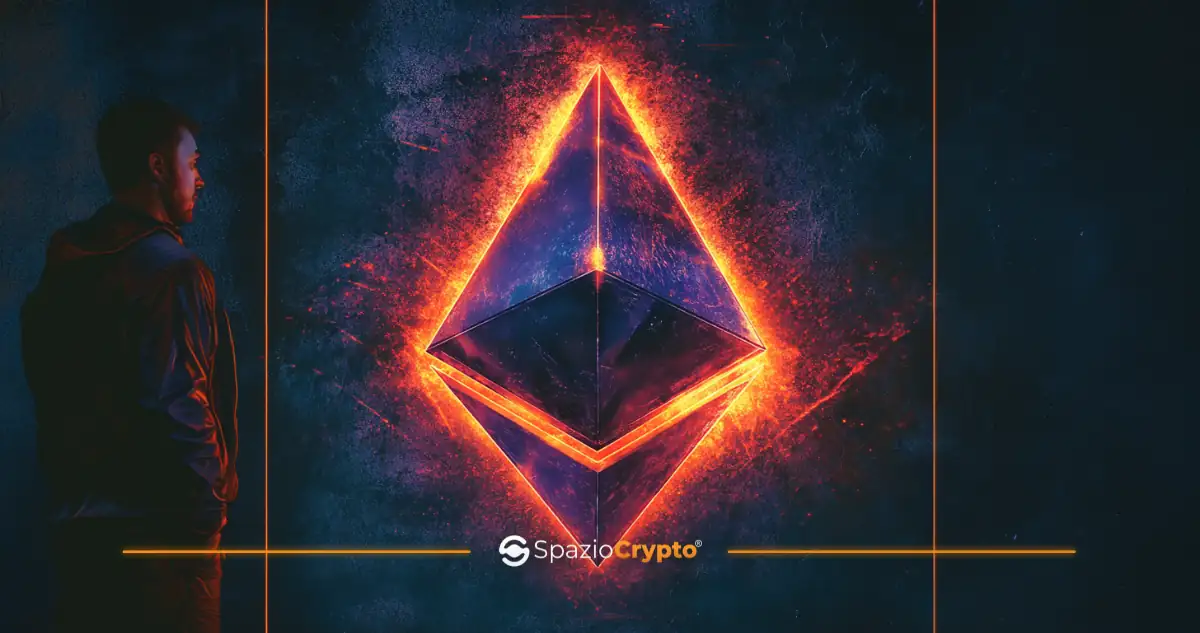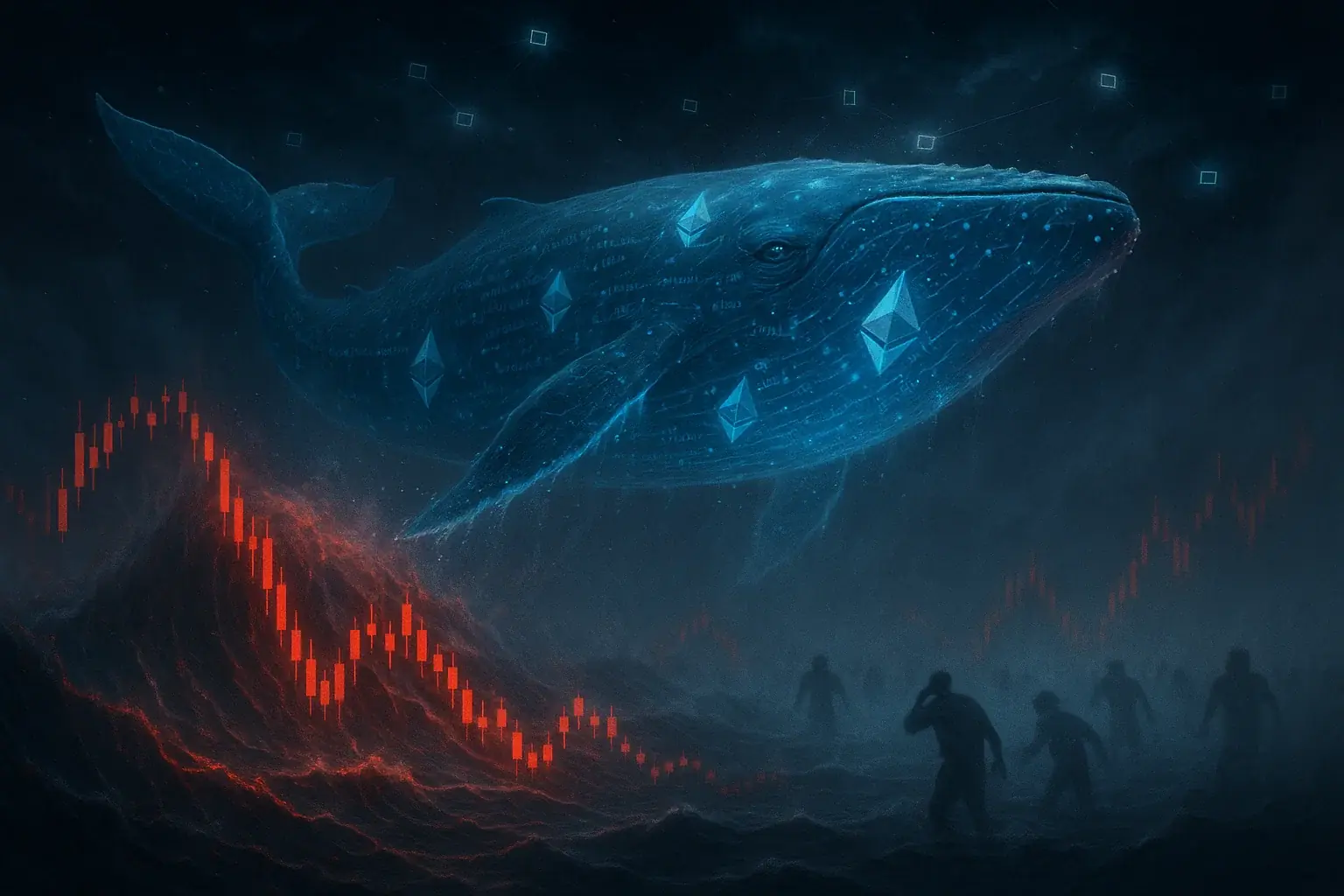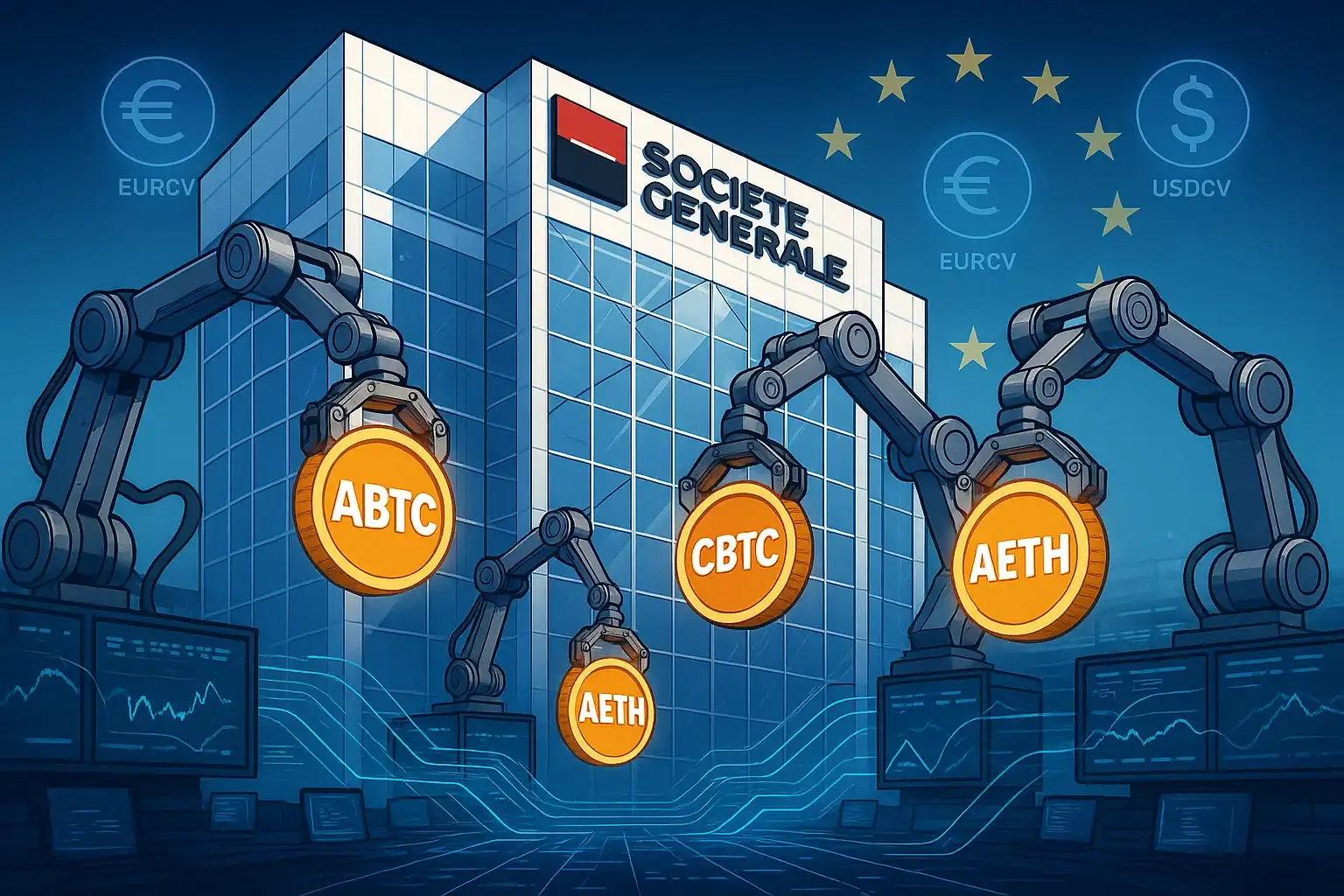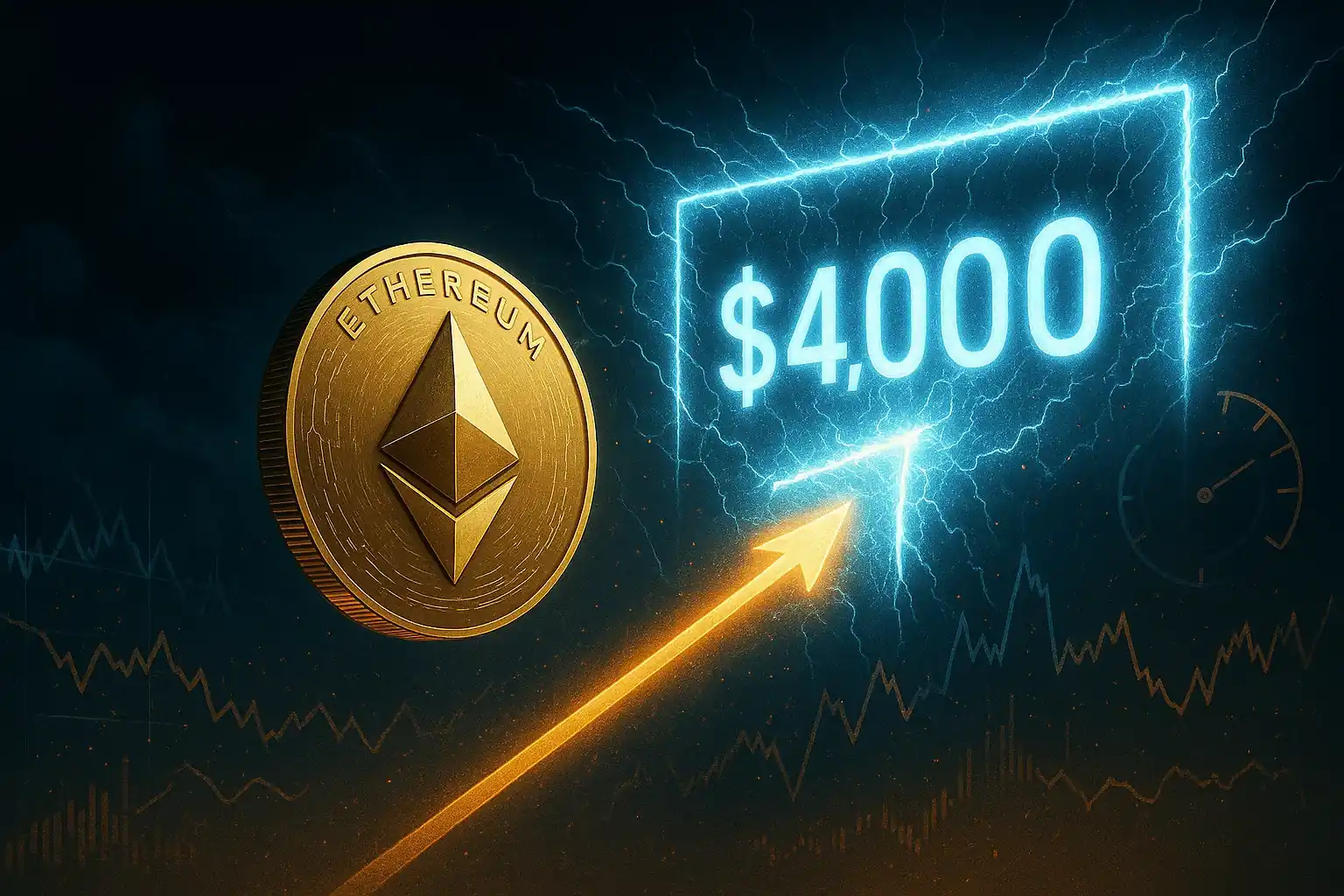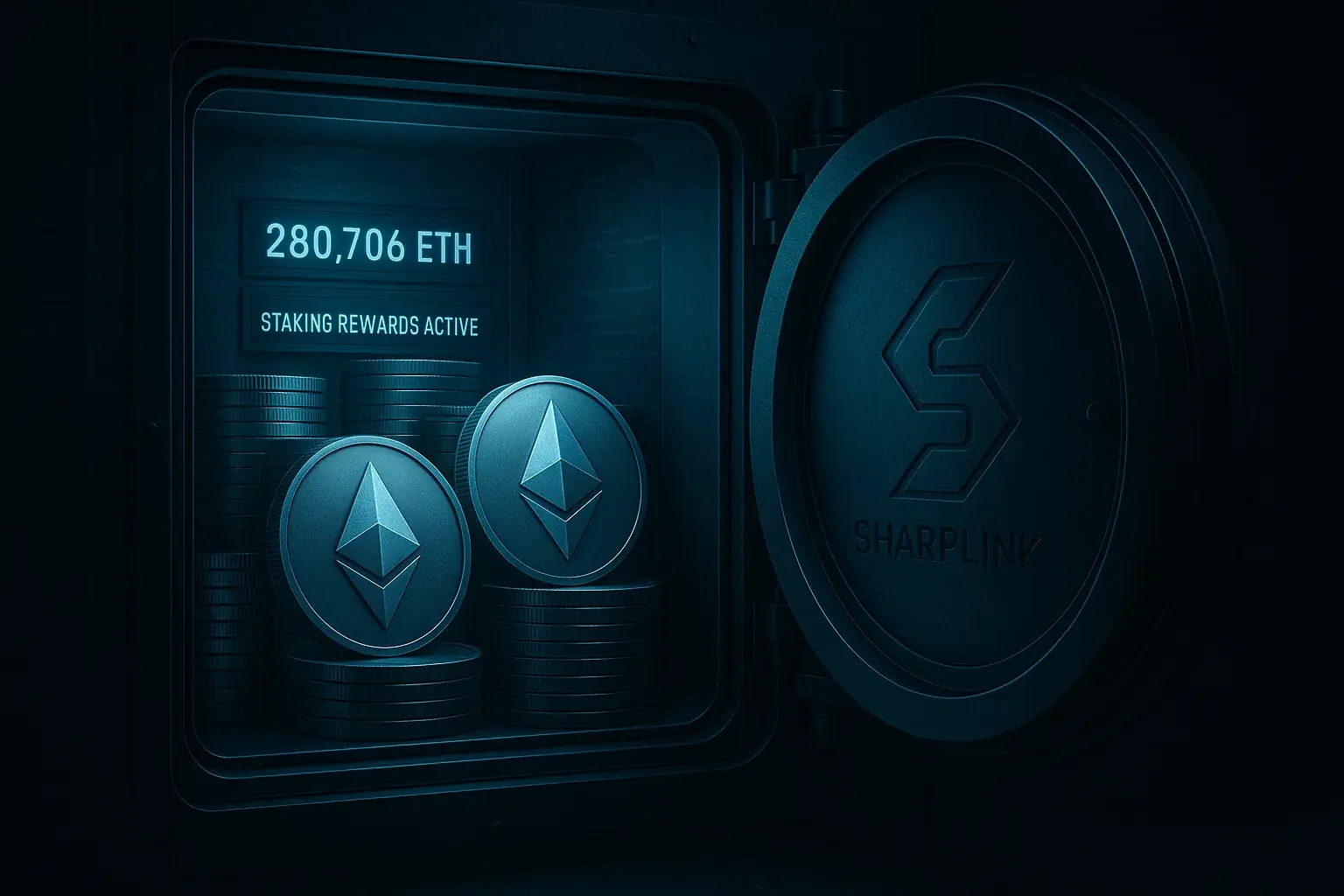Justin Drake has identified strategies to bring deflation back to the Ethereum network. Bitcoin, on the other hand, will face security issues as it approaches the 21 million BTC cap.
The development of the energy sector, mining efficiency and economic incentives could mitigate these challenges for the first cryptocurrency. With the reduction in issuance, Ethereum will acquire the status of 'ultra-reliable money', while Bitcoin will 'run its course' once the supply limit of 21 million BTC is reached. This was said by developer Justin Drake.
My bat signal 🦇🔊 will return when ETH is ultra sound again, soon enough™.
- Justin.eth Drake (@drakefjustin) February 5, 2025
ETH supply currently grows 0.5%/year. That's 1%/year of issuance minus 0.5%/year of burn. To become ultra sound again, either issuance has to decrease or the burn has to increase. I believe both will... pic.twitter.com/5TsAowD2jA
X
To bring Ethereum back to a deflationary state, the expert suggested reducing issuance and increasing the burning rate of fees. According to him, both scenarios are plausible.
After The Merge update in September 2022, the coin's supply began to decline. However, this trend was interrupted by Dencun: one month after the hard fork, inflation turned positive again.
At the beginning of February, the volume of available coins returned to the levels of two and a half years ago.
Comparing the issues of Ethereum and Bitcoin, Drake found that, after Dencun, 657,000 BTC were generated on the Bitcoin network, while 469,000 ETH appeared on the Ethereum blockchain. In value, these numbers correspond to $63.4 billion and $1.23 billion, respectively.
"Today, Bitcoin's supply is growing at 0.83% per year, 66% faster than Ethereum's," the expert explained.
According to the developer, the 21 million BTC cap could increase security risks in the long run, as about 99% of the miners' income comes from the reward for discovering new blocks.
"Bitcoin's blockchain has already run its course. To regularly execute a 51% attack would require about $10 billion. For states, this figure is derisory," he said.
Ethereum expert Anthony Sassano agreed with Drake.
It's utterly insane to me that Bitcoiners still don't see the obvious catastrophe headed their way
- sassal.eth/acc 🦇🔊 (@sassal0x) February 5, 2025
Or they do see it and choose to bury their heads in the sand - something that they're extremely good at doing, to be fair
X
"It seems absurd to me that bitcoiners still don't realise the impending disaster," he commented.
Problems of Ethereum
Drake acknowledged the problem of incentives in staking, leading to the loss of ETH as "pure collateral". He also highlighted the systemic risks arising from the dominance of LST platforms, such as Lido.
The expert proposed a 'croissant' issuance model, whereby coin issuance slows down to zero as the share of ETH in staking approaches 50%. At the tipping point, the annual issuance rate should not exceed 1 per cent to maintain market equilibrium.
Bitcoin maximalists' reaction
In an interview with Cointelegraph, analyst James Check said that critics of Bitcoin's sustainability do not consider key factors such as energy development, mining efficiency and economic incentives.
According to him, if Bitcoin were to become a global reserve asset, high fees would inevitably emerge, similar to those paid by institutions for the custody of gold.
Check also pointed out that the cost of ASIC devices, which are critical to the profitability of mining, is not taken into account. Bankrupt miners sell their equipment at lower prices, allowing new participants to enter the industry and secure the network.
"Over time, fees will cover operating costs, while block rewards will cover capital expenditures," Check added.
The expert also highlighted the role of the development of the energy sector, particularly nuclear power, in reducing mining costs.
Mining helps stabilise electricity grids by responding to demand and reducing operating costs for operators. According to Check, in the future this activity will increasingly be recognised as a cost-effective way to utilise surplus resources.
"It is a multidimensional problem. In the long term, I'm optimistic,' Check concluded.
Long before, analysts at JPMorgan had spoken about the increasing competitive pressure on Ethereum.
In late 2024, Drake expressed doubts about the direct threat of Solana to the network of the second largest cryptocurrency by capitalisation.


